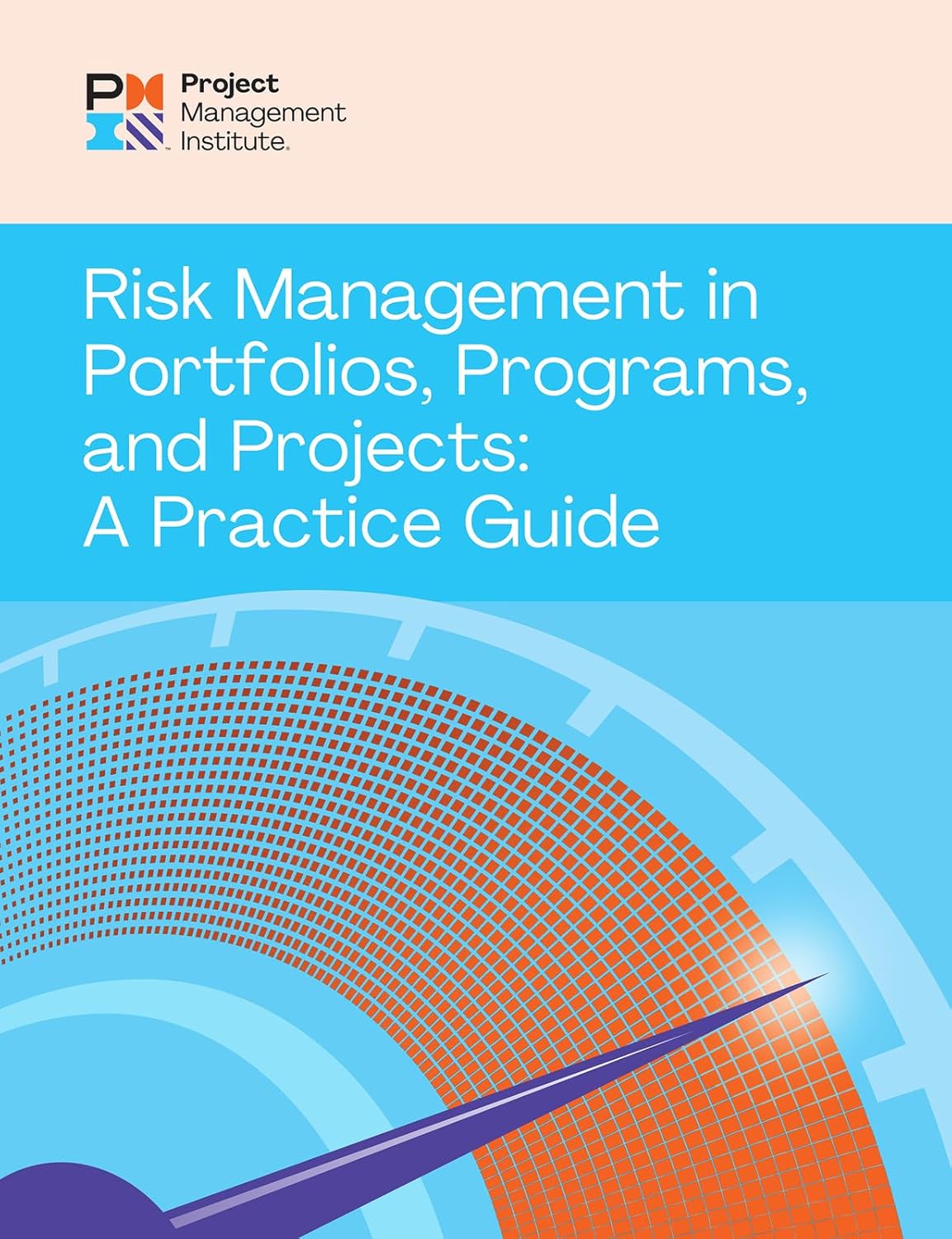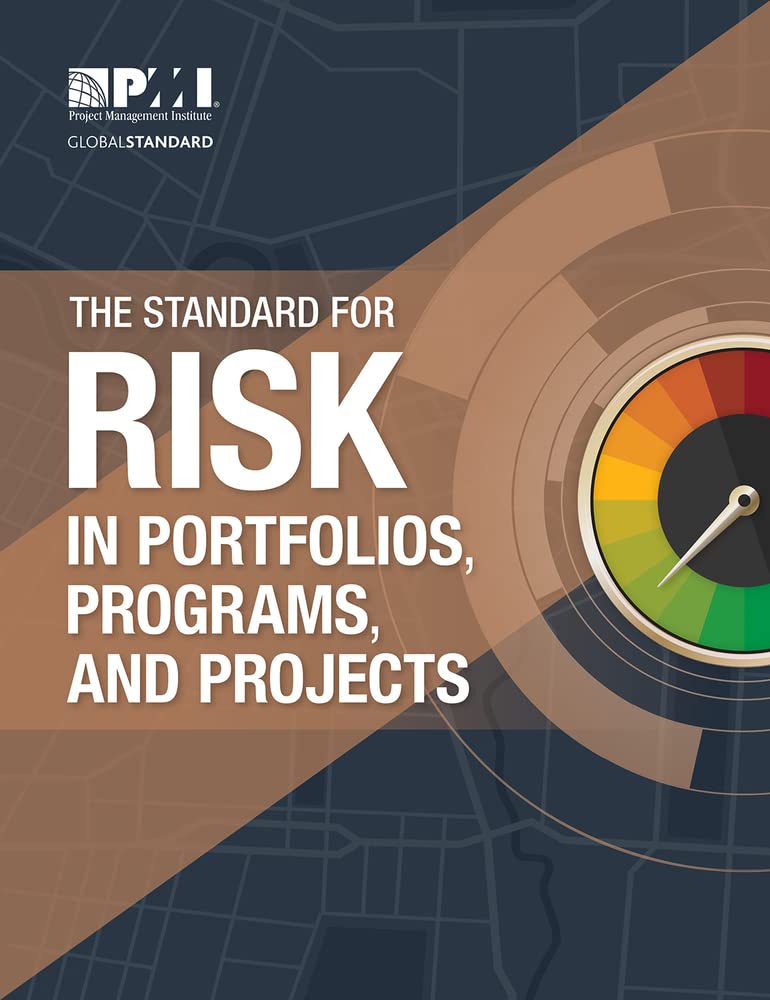
Risk Register
What is a Risk Register?
A risk register is a project management tool used to identify, assess, and track potential risks throughout a project’s life. It is a central document where all known risks are recorded, including their likelihood, potential impact, and mitigation strategies. Project teams use this tool to stay aware of possible threats to project success and to manage uncertainties in a structured way. It supports proactive planning and helps ensure that risk-related decisions are documented and communicated clearly among stakeholders.
Key Points
- It contains a list of identified risks, each with a description, category, and assigned risk owner.
- It includes assessments of each risk’s probability and impact, often using a numerical scoring system or rating scale.
- The document outlines response strategies, such as avoiding, mitigating, transferring, or accepting each risk.
- It is a living document, updated regularly as risks evolve or the team discovers new risks.
- The team can maintain the register in a spreadsheet, database, or project management software.
Related Terms
- A risk management plan outlines the overall approach to risk, and the risk register is a key component.
- Qualitative risk analysis helps prioritize risks in the register based on their likelihood and potential effect.
- Quantitative risk analysis adds numerical estimates to assess the overall impact of risks recorded in the register.
- Using the register, the team develops a risk response plan to determine how to handle each risk.
- Issue logs differ from risk registers by documenting problems that have already occurred, rather than potential future risks.
Risk Register: Example
In a construction project, the project team creates a risk register at the planning stage. One risk identified is “unexpected weather delays.” The register notes that this risk has a medium likelihood and high impact. The assigned owner is the project manager, and the mitigation strategy involves adjusting the schedule buffer and securing temporary coverings. As the project progresses, updates to this risk entry reflect actual weather events and how the team managed them.
Risk Register: Best Practices
- Involve the entire project team and key stakeholders when identifying and reviewing risks.
- Use consistent criteria to rate and prioritize risks for clarity and comparability.
- Keep the register up to date throughout the project lifecycle.
- Review the document during regular status meetings to maintain awareness.
- Ensure that risk owners actively manage their assigned risks and document any changes or actions taken.
Additional Resources
Preparing for a PMI certification?
- Exam Prep Courses: PMP®, CAPM®, and PMI-ACP®
- Exam Simulators: PMP®, CAPM®, PMI-ACP®, PMI-PBA®, PMI-RMP®, PMI-SP®, PgMP®, and PfMP®
- Professional Development Units (PDUs): 15, 30, and 60 PDU Bundles




